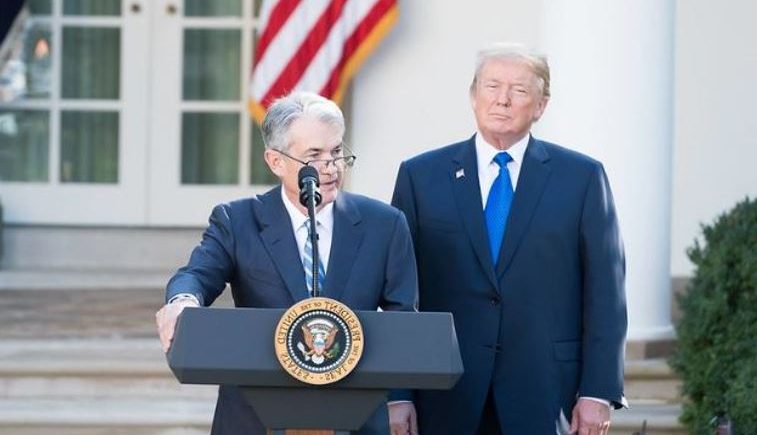On August 26, 2025, President Donald Trump made waves with a bold claim that could reshape the Federal Reserve’s approach to monetary policy. Speaking with confidence, Trump announced that the Federal Open Market Committee (FOMC), the Fed’s key interest rate-setting body, would soon see a majority of members favoring rate cuts. This statement signals his intent to steer the central bank toward policies that align with his economic vision, particularly a push for lower interest rates to ease housing costs. But what does this mean for the economy, and how much influence can the president truly exert over the famously independent Federal Reserve?
Trump’s remarks centered on upcoming changes to the Fed’s leadership. He hinted at having “good people” lined up to replace outgoing members, including a specific mention of filling the vacancy left by Fed Governor Lisa Cook. Additionally, he suggested that Federal Reserve Chair Jerome Powell’s tenure might end sooner than expected, stating, “Powell gets out quickly, fortunately.” Trump also floated the idea of reassigning another Fed official, possibly Governor Adriana Kugler (misnamed as “Miran” in his remarks), to a longer-term position. These moves, he claimed, would secure a pro-rate-cut majority on the FOMC, paving the way for lower interest rates.
The president’s focus on reducing interest rates stems from his belief that high borrowing costs are straining American households, particularly in the housing market. “Interest rates must come down for housing costs,” Trump emphasized, underscoring his goal to make homeownership more affordable. His comments reflect a broader push to stimulate economic growth by easing monetary policy, a stance that has often put him at odds with the Fed’s cautious, data-driven approach. However, Trump was quick to add that he would respect legal boundaries, stating, “I’d abide by the courts,” suggesting an awareness of the limits on presidential influence over the central bank.
This announcement raises critical questions about the future of the Federal Reserve’s independence and the direction of U.S. monetary policy. A shift toward a rate-cutting majority could lead to lower borrowing costs, potentially boosting housing and consumer spending. Yet, critics warn that political pressure on the Fed risks undermining its ability to combat inflation or maintain economic stability. As Trump prepares to reshape the FOMC, all eyes will be on how his appointees balance these competing priorities and whether they can deliver the economic relief he envisions.

 Noor Trends News, Technical Analysis, Educational Tools and Recommendations
Noor Trends News, Technical Analysis, Educational Tools and Recommendations




